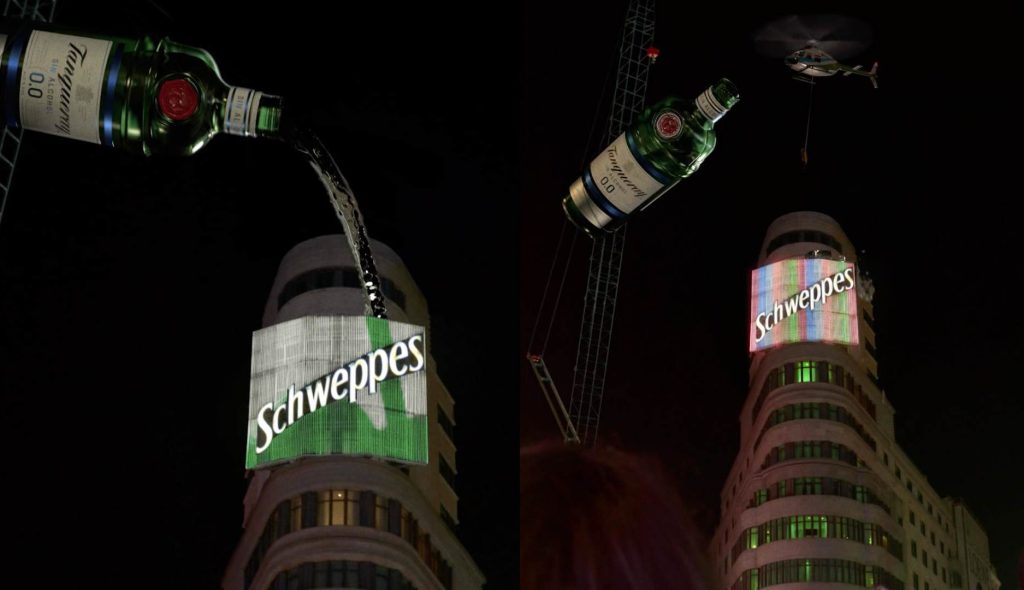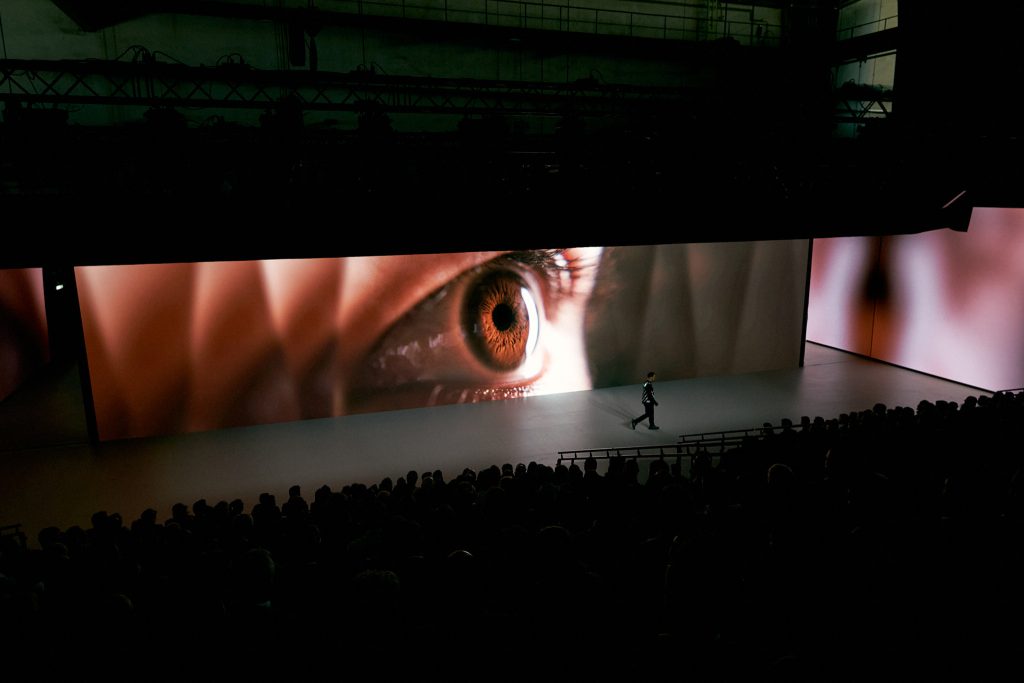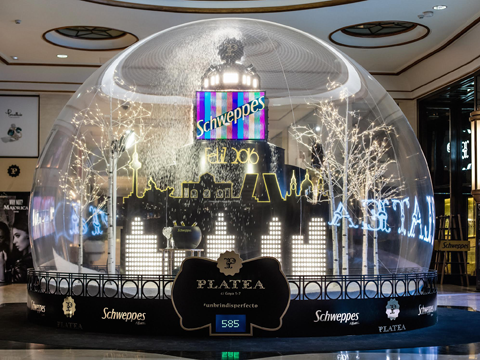Effective meetings: understanding the limits of the brain

Share news
Listen
Tony Schwartz in an article for The New York Times (Relax, you´ll be more productive, 2013) believes that working 90 minutes is the optimal to be as productive as possible.
But to exercise is as important as recovery energy. In fact, it is proved that if we do not sleep enough, we reduce our ability to concentrate, memorize and reason.
So, when scheduling a long conference, why not include rest areas or an aerobics instructor? And if your event lasts more than one day, close the bar before midnight in order to allow everyone an eight hours sleep!
Another aspect to consider is what is known as cognitive load. We have seen that the amount of information we can process simultaneously is limited.
Therefore, a good practice is to start the event with a short viewing session (those who were in our Event Innovation Summit experienced it) to make participants forget all loads from the ´outside world´ and make them concentrate longer during the event.
When you organize large conferences, why do not include rest areas or an aerobics instructor?
The brain also needs need a Kit-Kat! According to John Medina, molecular biology expert and author of ´Brain Rules´ (2008): “One of the main communication problems is providing too much information, without giving enough time to digest the content.”
So programme shorter sessions and introduce opportunities for reflection. That not only gives the brain a break, but it will make easier to catch people´s attention.
One idea is to use the technique created by Steen Elsborg and Ib Ravn (Learning Meetings and Conferences in Practice, 2006), called ´Minimeeting´. This technique serves to provide an opportunity for attendees to actively interpret and understand the presentation.
It consists of inserting a pause after 20 or 25 minute presentation to allow attendees to reflect on the content they have just heard with the people sitting next to them.
In the experience of Ib Ravn, the minimeetings work best when the audience is asked to do a specific task, otherwise it becomes a simple conversation. “In order to help participants focus, it is better to give them a single question, such as ´What did you find particularly interesting?´ Or ´What can you add to this?´”.
Finally, remember that the best way to know if something works is to experience it. So ask yourself, what will you do in your next event to be ´brain friendly´?






![ABC [eventos] organises the presentation of the new brand lato/b of the Max Mara Group](https://www.eventoplus.com/wp-content/uploads/eventoplus/imgsxml/galerias/noticias/1672/1672.jpg)



